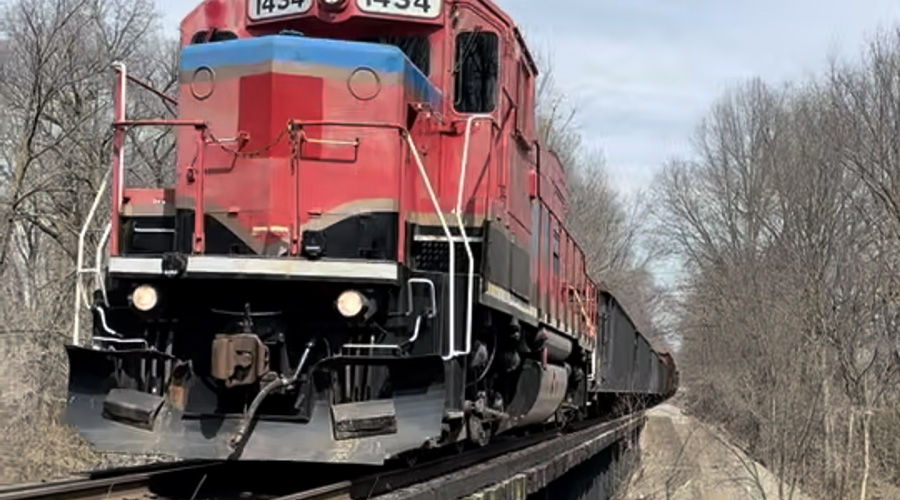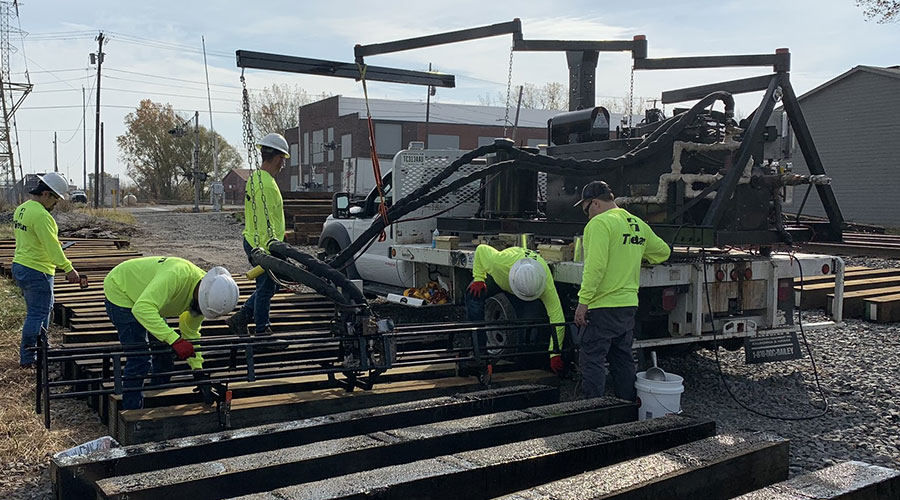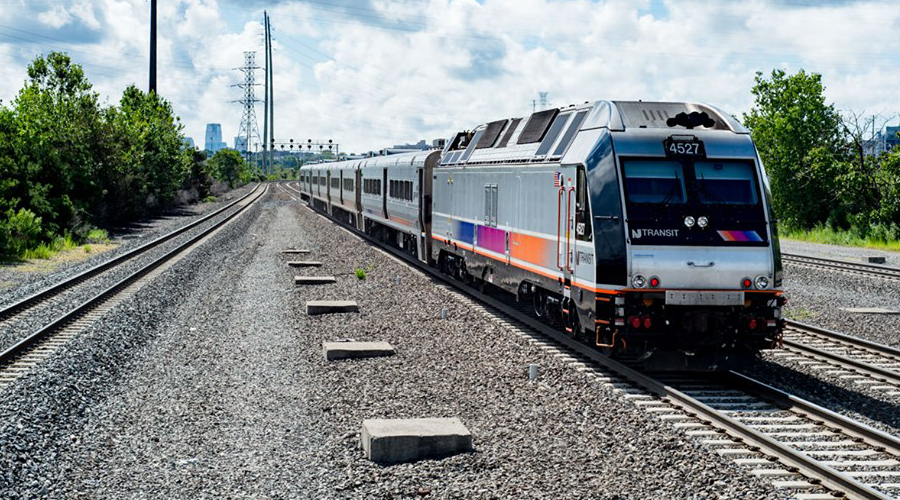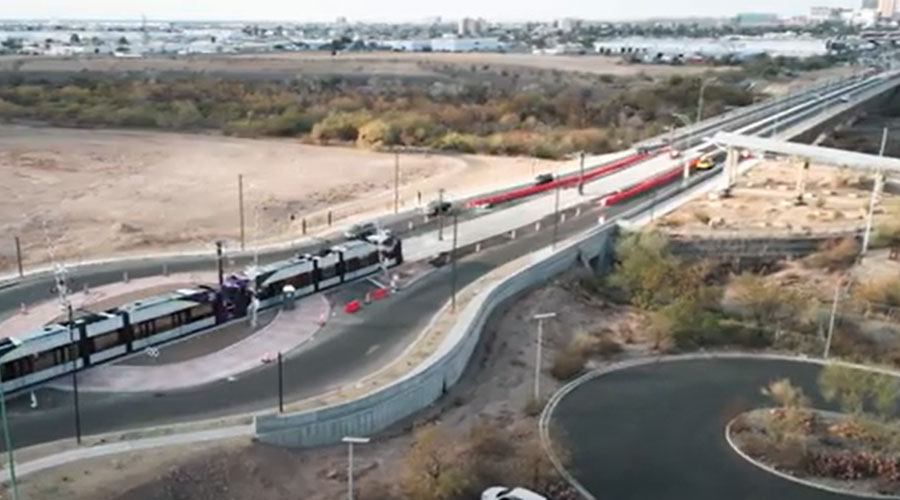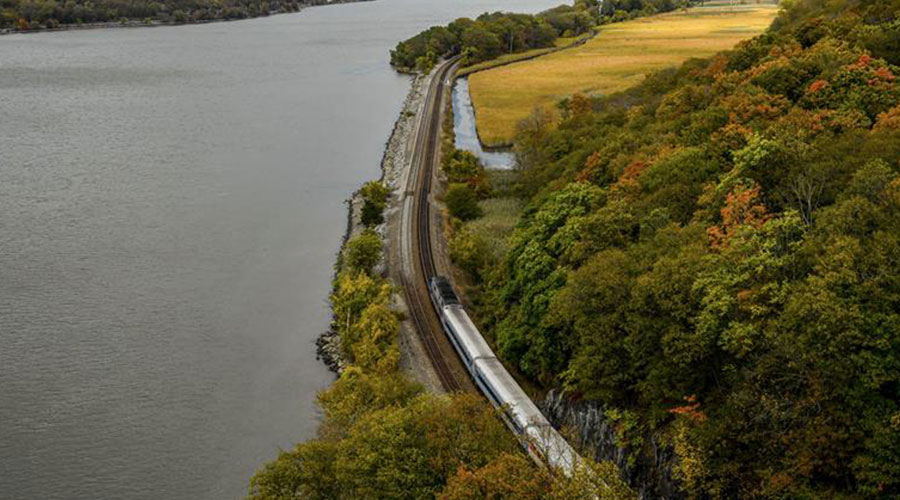Stay updated on news, articles and information for the rail industry
10/16/2013
Rail News: Safety
Canadian rail association disputes Fraser Institute's findings in crude transportation safety study
Crude oil transported by pipeline presents significantly lower safety risks to workers than oil moved by rail or road, according to a study released yesterday by the Fraser Institute, a Canadian public policy think tank.
Titled, "Intermodal Safety in the Transport of Oil," the study determined that the rate of injuries requiring hospitalization was 30 times lower among oil pipeline workers compared with rail workers involved in transporting oil. Road transport fared even worse, with an injury rate 37 times higher than pipelines, based on reports to the U.S. Department of Transportation from 2005 to 2009, Fraser Institute officials said in a press release.
The study also found the risk of spill incidents is lower for pipelines per billion ton-miles of oil movement compared with rail and road. Rail had slightly more than two incidents per billion ton-miles annually, while pipelines had less than 0.6 incidents per billion ton-miles.
"People's unfortunate tendency to boil complicated issues down to simple black-or-white equivalencies interferes with their ability to really understand the trade-offs involved in the choice to move oil by pipeline, rail, train, and so on," said Kenneth Green, the institute's senior director of natural resources studies and the study's co-author. "When you have more moving parts, more potential interactions with other non-controlled actors such as trains and trucks, the potential for accidents is higher when compared to pipelines."
However, the report is flawed and attempts to compare very different modes of transportation using data that is reported differently for each mode, Railway Association of Canada (RAC) officials said in a prepared statement. The report refers to the frequency of U.S. rail incidents involving all hazardous commodities transported by rail, including commodities that never move by pipelines, they said.
"Railways are required to report safety incidents of any size involving dangerous goods, while pipelines are not required to report any spills involving less than five gallons," RAC officials said. "More than 70 percent of rail spills are under five gallons and the vast majority occur in rail yards."
A total 1,011 rail accidents under federal jurisdiction were reported to the Transportation Safety Board of Canada in 2012, similar to the 2011 total of 1,022 and a 10 percent decrease from the 2007-11 average of 1,128, they said. Among the accidents last year, 118 involved hazardous goods, down from the five-year average of 132, RAC officials said.
Although rail fatalities totaled 82 in 2012, up from 71 recorded in 2011, trespasser and crossing deaths accounted for a majority of the fatalities, they said.


 2025 MOW Spending Report: Passenger-rail programs
2025 MOW Spending Report: Passenger-rail programs
 Gardner steps down as Amtrak CEO
Gardner steps down as Amtrak CEO
 Guest comment: Oliver Wyman’s David Hunt
Guest comment: Oliver Wyman’s David Hunt
 Women of Influence in Rail eBook
Women of Influence in Rail eBook
 railPrime
railPrime